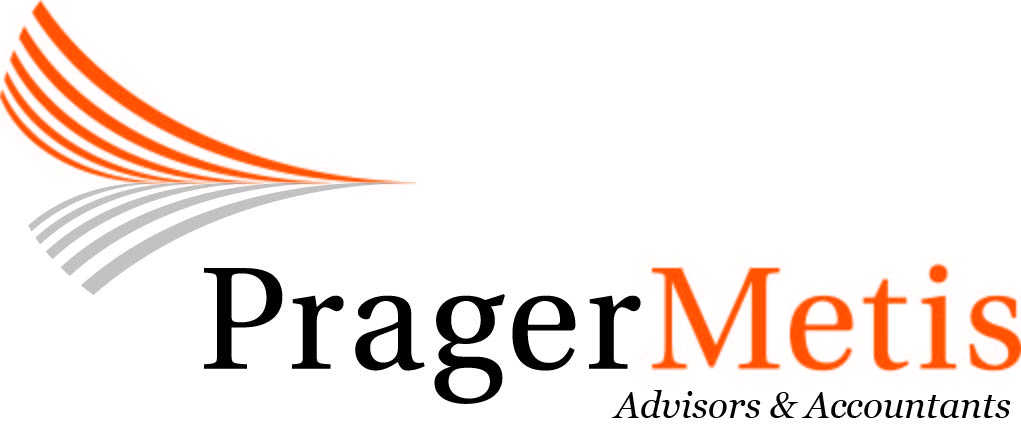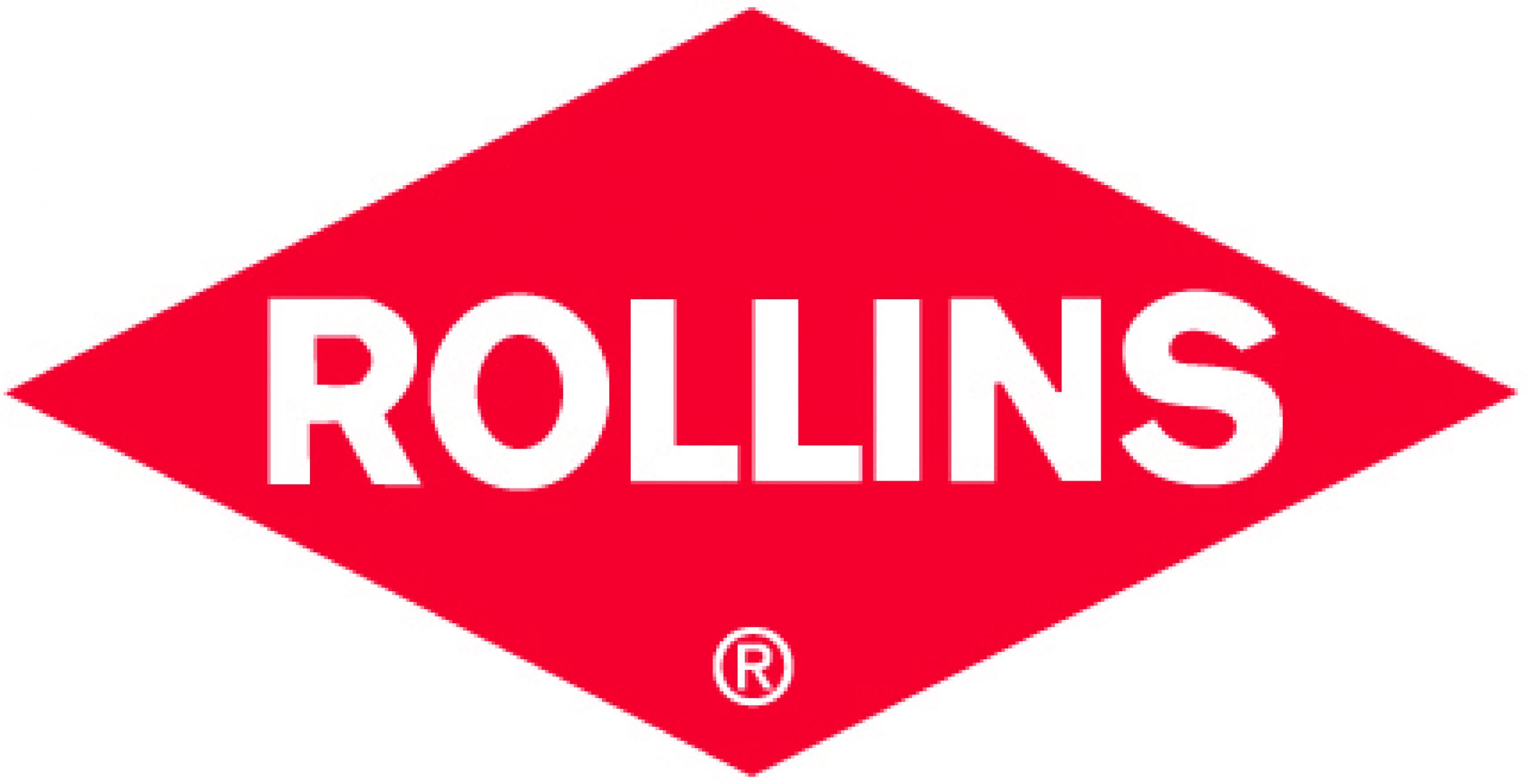Getting your postage meter connected through the network can be a daunting process for some companies. This guide should define, explain, and simplify this process as well as detail some technical definitions and frequently asked questions to make it as easy as possible to get you connected.
It is going to be harder and harder to get analog phone lines. Many of the large phone companies are pushing the Federal Communications Commission (FCC) to allow them to stop providing analog services and in turn raising prices.
If you are considering a mailing equipment change, most vendors only offer a LAN connected postage meters or they charge extra to connect through an analog line.
If you are considering a mailing equipment change, most vendors only offer a LAN connected postage meters or they charge extra to connect through an analog line.
Your postage meter needs to connect to the vendor to refill postage, download software, update postal rates and transfer data.
1. Time Savings/Increased Speed and Reliability
With the use of a digital connection, postage refills, rate changes, and other software updates will be updated much faster than through an analog line without the interruption of a fax or incoming analog call interrupting.
2. Mailing Vendor Cost Savings – Extra fees ranging from $100-400 per meter.
3. Analog Line Savings – Many organizations are keeping analog lines for their postage meter and fax machine without other uses. In other words, their main phone system is digital and run through their network. As fax machines are replaced by digital multi-functional devices, the mail machine may be the only thing used on the $300-600 per year analog line.
With the use of a digital connection, postage refills, rate changes, and other software updates will be updated much faster than through an analog line without the interruption of a fax or incoming analog call interrupting.
2. Mailing Vendor Cost Savings – Extra fees ranging from $100-400 per meter.
3. Analog Line Savings – Many organizations are keeping analog lines for their postage meter and fax machine without other uses. In other words, their main phone system is digital and run through their network. As fax machines are replaced by digital multi-functional devices, the mail machine may be the only thing used on the $300-600 per year analog line.
Forward this information to your IT Dept/Network Administrator.
Depending on your vendor, here are the relevant links you will need:
Steps to get your postage meter connected on the network:
- Is there a network connection close to where you’re putting the mail machine?
- Do you use a Proxy Server? (See common technical definitions for more information)
- You will need to know if your company has a DHCP Server. (See common technical definitions for more information) If you do not have a DHCP Server, the information below needs to be entered into your mailing system. If it’s a self-installable meter, this is done by internal staff or have this information ready for the service technician if the mailing vendor installs the machine. (See common definitions for more information)
- IP Address
- Subnet Mask
- Default Gateway
- Do you use a static IP Address or Dynamic IP Address? (See common technical definitions for more information). If you do not have a DHCP Server (That can automatically recognize these addresses) and have Dynamic IP Addresses, they will need to be entered into the meter if they change.
- Plug the machine into the network port.
- Try downloading postage or doing a balance inquiry. If that works, you are connected!
Here are some common technical definitions that you might find useful when connecting your mailing system:
A firewall is a network security system that monitors and controls the incoming and outgoing network traffic based on predetermined rules set by the company.
A Uniform Resource Locator (URL) is a formatted text that is the address to a resource on the internet. For example: https://www.postaladvocate.com is the Postal Advocate URL.
Internet Protocol (IP) Address is a unique string of numbers separated by periods that identifies each device to communicate over a network.
Dynamic Host Configuration Protocol (DHCP) is a network protocol that enables a server to automatically assign an IP address to a computer from a defined range of numbers (i.e., a scope) configured for a given network.
A DHCP server is designed to eliminate the need to provide a static IP address, Subnet Mask and Default Gateway which are required to connect to a LAN connection.
A DHCP server is designed to eliminate the need to provide a static IP address, Subnet Mask and Default Gateway which are required to connect to a LAN connection.
A static IP address is a set of numbers assigned to a computer by an internet service provider (ISP) to be its permanent address on the Internet.
A subnet mask is a screen of numbers used for routing traffic within a subnet.
A default gateway is the access point that a device uses to send information to a computer in another network or the Internet.
A proxy server is a dedicated computer or a software system running on a computer that acts as the intermediary to access the mailing vendor’s servers through your internet connection.
A dynamic IP address is a temporary set of numbers assigned to a computer when it’s connected to a network.
If a device is given a static IP address, it does not change where dynamic IP addresses are assigned by the network when the device connects to the network and can change over time.
Domain Name System (DNS) are the website addresses we see and use every day. Computers don’t understand normal website addresses that we recognize. Instead, they use IP addresses (see IP Address definition). For example, our website address is www.new.postaladvocate.com. A computer would not understand but it’s a lot easier to remember. A computer would recognize our IP Address which is: http://210.212.229.234:82/postaladvocate_website/
Domain name system servers match domain names like google.com to their associated IP addresses.
LAN stands for Local Area Network and is a computer network that interconnects computers and associated devices that share a common communications line or wireless link to a server.
A Universal Serial Bus (USB) cable connects a computer and a peripheral device.


















































